Standard Work Sheet
The Standard Work Sheet is a staple form for Lean Manufacturing. It provides a graphical view of the workstation, the path of the operator, and the amount of standard work-in-process required to keep the process flowing smoothly.
This form goes hand-in-hand with the Standard Work Combination Sheet.

Directions for the Standard Work Sheet
- Fill out all header and footer information.
- Draw the layout of the work area as close to scale as you can. You don’t need fancy artwork, but it should be easy to tell what you are looking at.
- Show the path of the operator (or operators) on the sheet.
- Draw in the standard work-in-process in the station. A rule of thumb is that there should be one piece for each automated machine, and one for each operator.
- Draw in any quality checks and areas that need a special emphasis on safety.
- Write in your name, and get the sheet reviewed by the leader who is responsible for the work area.

Standard Work Sheet Warnings:
- Computer generated Standard Work Sheets look nice (see below), but people are reluctant to change them. If you want to create these forms on a computer, make sure you also hang a red pen near where you post them so changes can be annotated when improvements are made.
- The lines should show a general flow, not every step the person takes. That level of detail should be recorded on a spaghetti chart. Spaghetti charts are often drawn on Standard Work Sheets during an improvement project to show all the walking an operator does. The drawing often ends up looking like a bowl of pasta, hence the name.
- Put a process in place to manage updates to your company’s Standard Work Sheets. Otherwise, they end up being like a history lesson–they show how the process used to be done.
![]()
Don’t forget the Standard Work Combination Sheet to go with this form!
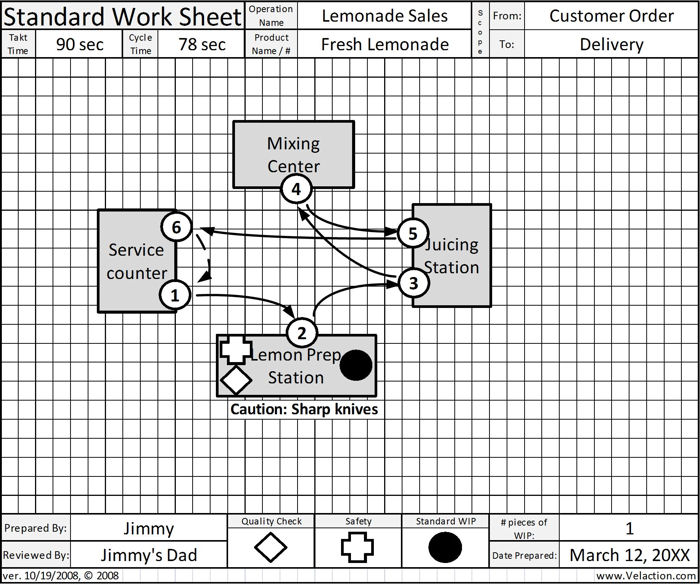
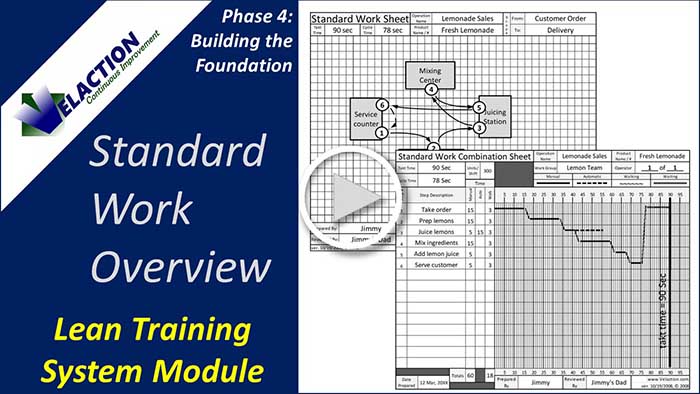
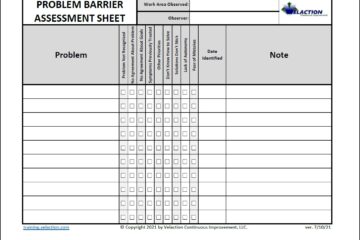
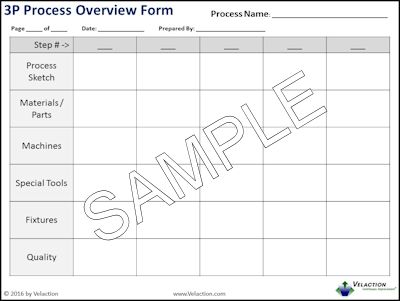
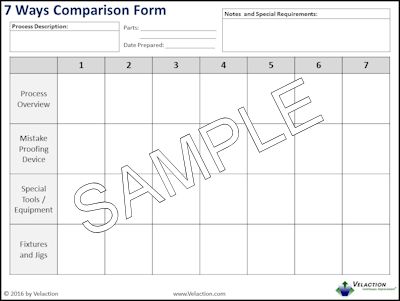
6 Comments
rashika shetty · November 1, 2011 at 3:12 am
thnks for given information
ZZ · November 10, 2010 at 1:50 pm
Now why doesn’t somebody just create one of these documents for writing a symphony? Then ANYONE could be a composer.
Jeff Hajek · November 10, 2010 at 2:18 pm
Actually, I’d equate the sheet music to the standard work, not the process of writing it. Standard Work fills the same role as sheet music. It creates consistency in the output.
It has a prescribed sequence of operations, and a pace. It also dictates who the operator is by which instrument the music is written for. It even sets the WIP at one–hard to batch notes in advance.
The composer would be the equivalent of the person writing the standard work. Creativity comes during the development and improvement of the process, not in how the process is followed. Thanks for the idea. I’ll have to add this to the examples I use when teaching standard work.
leansimulations · October 25, 2010 at 7:10 pm
I think the mixing centre should be moved a little close to juicing station. 😉
Jeff Hajek · October 25, 2010 at 7:18 pm
I’ve been trying to convince Jimmy of that for years, but hey, he’s 12. Hard to teach kids anything at that age.
cummik · January 25, 2010 at 1:15 pm
Thanks for the great tools